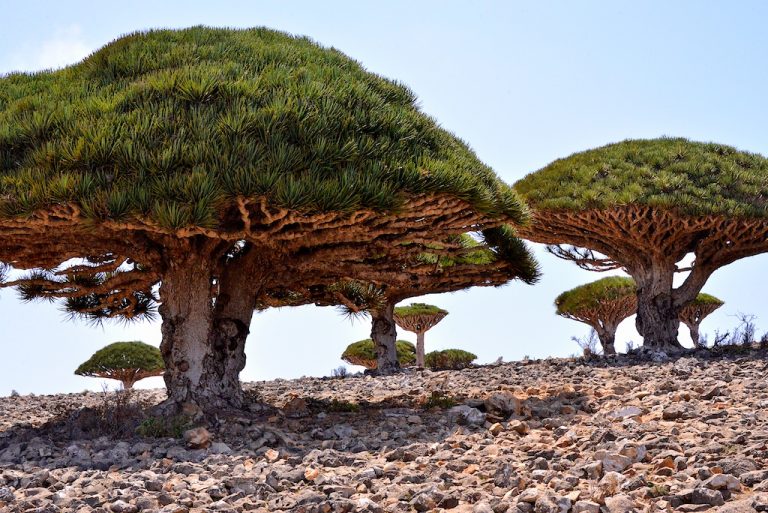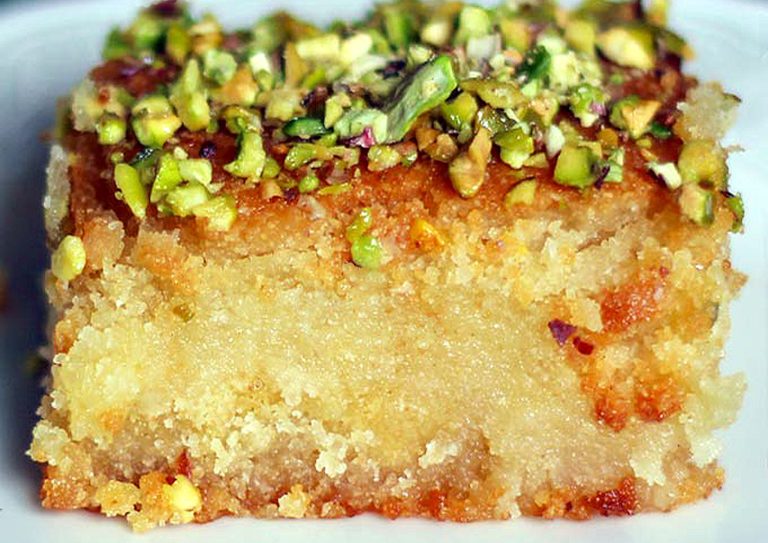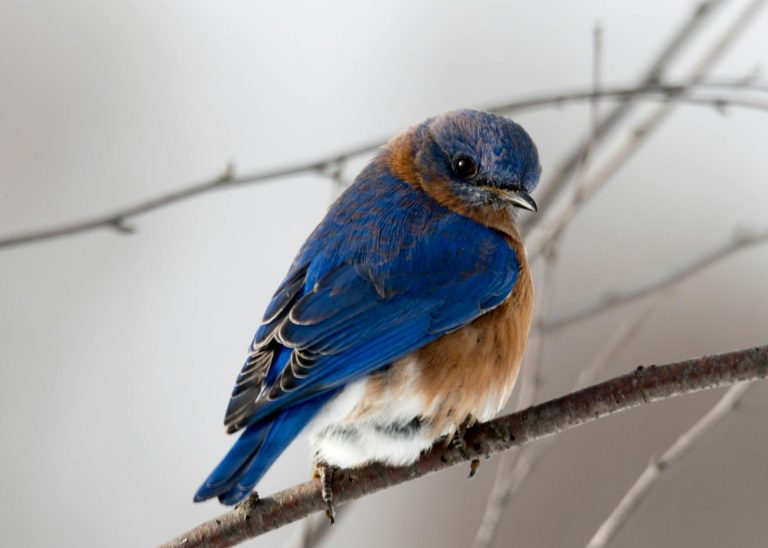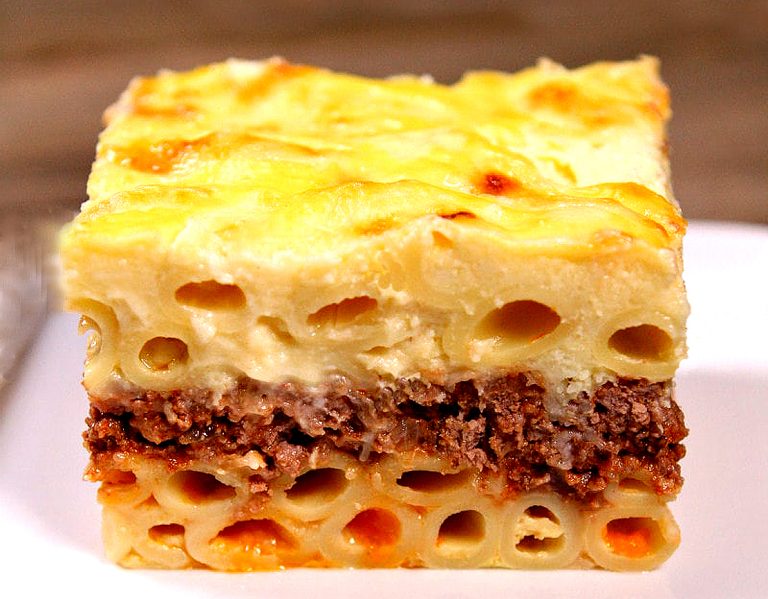The Socotra Dragon Tree, dracaena cinnabari, is a member of the Asparagaceae family native to the island of Socotra in the Arabian Sea. Dracaena cinnabari is unusual in both its longevity and the fact that, when cut, it “bleeds” a vermillion coloured sap.
This berry-producing evergreen is also known as the Dragon Blood Tree. It has a magnificent umbrella-like canopy, which protects its seedlings and many endangered island animals from the blazing heat. These trees may live for up to 650 years and reach up to 39 feet tall, according to India Times.
The picturesque trees can be seen dangling from cliffs high in the island’s granite mountains or growing on the island’s dry landscapes.
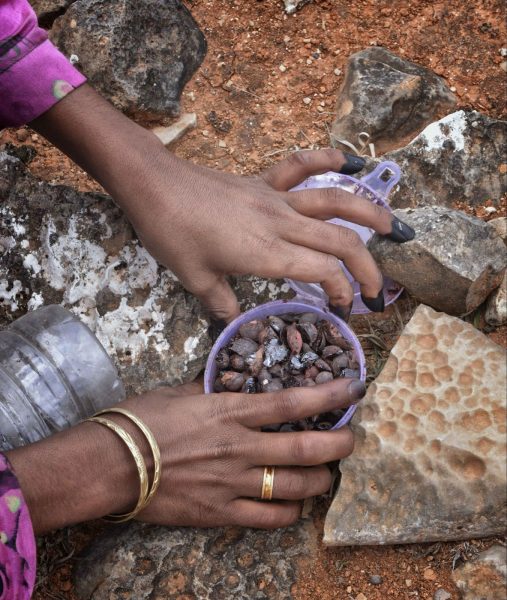
The trees typically flower in March, producing white or green clusters of fragrant flowers at the branches’ tips. Honey bees collecting the nectar produce some of the most expensive and immune-boosting honey in the world.
Isaac Bayley Balfour, a Scottish botanist, identified three types of dragon blood resin in 1883, the most valuable of which was the colour of garnets with a tear-like shape.
Success
You are now signed up for our newsletter
Success
Check your email to complete sign up
The Dracaena Woodlands are known to be one of the oldest forests on the planet, but the number of Dragon Blood Tree saplings are dwindling due to a drying climate. Socotra’s tree habitat is predicted to drop by 45 percent by 2080, according to ScienceNetLinks.
Dragon blood as medicine and more
The dragon blood, or sap, produces a resin which, according to Gardenerdy, is therapeutic in remedies for rheumatism, as a decongestant, and as a carminative. The residents of Socotra Island utilize dragon’s blood resin as a cure-all, as it is useful in the treatment of diarrhea, dysentery, ulcers, and also as a blood thinner, antipyretic, and muscle relaxant.
Dragon’s blood is commonly referred to as a liquid bandage. The antioxidant and anti-inflammatory properties of the proanthocyanidins and taspine present in the sap make it an ideal covering salve for wounds. It is also effective in treating bug bites and stings.
The resin, also known as “emzoloh,” has a number of other practical uses as well. It was recognized even before 60 AD as “cinnabar,” a red color pigment said to have contributed to the stunning hue of Stradivarius violins. It has been used in wool dye, ink, ceramic coloring, marble dyeing, and even lipstick and toothpaste.
Similar to frankincense and myrrh, dragon’s blood resin can also be burned on charcoal as a ceremonial or recreational incense.
Myths and legends
The “Brothers Blood Tree” is an allusion to the Cain and Abel story, which depicts the first homicide on Earth. According to Yemeni legend, Cain and Abel were the first humans to live on Socotra Island, and the tree grew as a result of Cain shedding his brother Abel’s blood.
In Greek folklore, the trees came as a result of Hercules slaying the ferocious hundred-headed monster Ladon in his quest for the three golden apples of Zeus. The dragon’s blood flowed throughout the nation, from which the “dragon” trees sprung. Ladon was given the title of Constellation Draco by the Gods, and it is said that every time the dragon trees are cut, Ladon’s blood pours out.
The dark art of sorcery requires “Dragon’s Blood Ink” to create magical seals and talismans in American Hoodoo and Voodoo. Recipes for this magical potion call for alcohol, gum arabic and dragon’s blood resin; but it can also be purchased on Amazon for as little as $4.00.
It is quite possible, however, that for the sake of generating a little money, traders of ancient times passed down these legends to create an aura of mystique about the trees.



